Introduction: The quest for sustainable solutions in the automotive industry
As the world continues to grapple with climate change, the automotive industry has been working hard to create sustainable solutions that reduce greenhouse gas emissions. Battery-powered electric vehicles is one of those sustainable solutions. But automakers like BMW and Toyota are going a step further. One of the most promising and interesting technology for the future of transportation is the hydrogen fuel cell technology. BMW is among the leading automakers exploring FCEV (fuel cell electric vehicles), and they have recently unveiled their latest model, the BMW iX5 Hydrogen. In this article, we’ll take a closer look at the BMW iX5 Hydrogen and share our experience test driving this unique SUV in Antwerp, Belgium.
BMW’s journey in hydrogen vehicles
BMW has had prior experience with hydrogen vehicles. In 2006, they developed the Hydrogen 7, which was a limited series of cars. The 7 Series model (E65/66) was also offered in a hydrogen-powered version, which was produced in just 100 units. This was presented to the public as an experiment to demonstrate the viability of using hydrogen in passenger cars. The noteworthy aspect of this car was that it employed an internal combustion engine that burned hydrogen, rather than utilizing fuel cells to derive energy from hydrogen.
BMW joined forces with Toyota in 2013 to develop the next iteration of hydrogen vehicles, but this time utilizing fuel-cell technology. Two years later, BMW exhibited a 5 Series Gran Turismo that was equipped with a fuel cell, which had sufficient capacity to accommodate large hydrogen tanks. Additionally, BMW produced a prototype of an experimental i8 Hydrogen, but it was not made available for external test drives.
BMW iX5 Hydrogen: A closer look at the latest model
BMW is preparing to launch another limited fleet of hydrogen-powered vehicles, this time utilizing the popular BMW X5 model. The manufacturing of the iX5 Hydrogen platform still predominantly takes place at the Spartanburg plant in South Carolina, which is responsible for producing the majority of the world’s X5 supply. However, the iX5 Hydrogen platform is then shipped to Munich to have the hydrogen tanks installed.
BMW is incorporating many of the same technological advancements found in the recent BMW iX3 or iX for their new BMW iX5 Hydrogen vehicle. This includes the utilization of BMW’s fifth-generation eDrive electric motor technology. The BMW iX5 Hydrogen is equipped with two carbon-fiber hydrogen tanks that can store up to 6 kilograms of compressed hydrogen, capable of withstanding a pressure of 700 bar. These tanks are arranged in a T-shape, located in the floor of the vehicle. One of the tanks is situated in the typical position of a transmission tunnel, while the other is installed below the rear bench. Although the fuel cells themselves are manufactured by Toyota, the fuel cell stack and software layer are designed and developed in Munich.
In early 2021, we had the opportunity to drive a preliminary prototype of the BMW iX5 Hydrogen, making us the first individuals outside of BMW employees to do so. The test drive was conducted in Arjeplog, a location in the vicinity of the Arctic Circle, where BMW employs their test track for cold weather assessments. However, we were restricted to driving the vehicle solely on frozen lakes and were not authorized to operate it on regular roads at that time.
Test driving the BMW iX5 Hydrogen in Antwerp
 On Location BMW iX5 Hydrogen Antwerp
On Location BMW iX5 Hydrogen AntwerpOn this occasion, we traveled to Antwerp to test drive a more advanced prototype of the BMW iX5 Hydrogen, which is planned to be included in a test fleet later this year. Antwerp was chosen as the location due to the Port of Antwerp-Bruges, which is expected to emerge as a significant hydrogen hub for Europe. Belgium has set the goal of linking the import hub to neighboring nations through an open-access hydrogen network by 2030, in order to establish its international standing as a renewable energy import and transit hub in Europe.
Exterior and interior features of the BMW iX5 Hydrogen
The BMW iX5 Hydrogen appears to be a typical X5 from an exterior standpoint. The fuel cell-powered SUV is nearly identical to its combustion-powered counterpart, with only a few discernible visual distinctions, such as an abundance of blue accents spread throughout the vehicle, a distinct white and blue livery, and a honey mesh kidney grille. In addition to its standard appearance, the BMW iX5 Hydrogen is also equipped with an M Sport package as standard, which adds a touch of sportiness and aggression to the overall design.
The only indications inside the vehicle that refer to the drivetrain are the blue highlights surrounding the central control panel and the inscription of the word “Hydrogen” on the dashboard.
Upgraded features of the BMW iX5 Hydrogen compared to previous prototype
The updated BMW iX5 Hydrogen, compared to the previous year’s prototype, receives some enhancements, including the return of the Sport Mode feature that boosts the suspension, throttle, and steering, similar to a conventional BMW. Secondly, the FCEV rides on a suspension with adjustable dampers. Additionally, the car also gets a bit more power: from 370 hp to around 401 hp (295kW) in this year’s iteration. 170 hp (125 kW) are provided by the electrical power fuel cell, while the rest by the electric motor.
 On Location BMW iX5 Hydrogen Antwerp
On Location BMW iX5 Hydrogen AntwerpThe straight-line speed of the car has been enhanced, with the 0-62 mph acceleration time decreasing from about 7 seconds to less than 6 seconds. Moreover, the top speed is rated at 185 km/h, which is equivalent to approximately 115 mph. The BMW iX5 Hydrogen was designed to have a continuous power of 125 kW as the energy is stored in a buffer battery for performance. In contrast, its partner Toyota adopted a different philosophy” peak power over continuous.
BMW’s dynamic system for the iX5 Hydrogen
Volker Formanski, Concept Engineer – Drivetrain System, says that one of BMW’s main objectives was to create a dynamic system that can respond to the driver’s commands without any hindrance, despite having a high voltage storage system. Our range extender philosophy means that we are the primary power provider in the system, and the driver’s power commands are followed accordingly. “We have a system called state of charge control, which is not aimed at filling up the battery completely but rather maintaining its state of charge,” says Volker Formanski, Concept Engineer – Drivetrain System. “This enables us to provide additional boost power at any time and also to receive power from the regenerative braking system. Our goal is to maintain a mid state of charge controller that can both charge and discharge power and support the driver’s driving behavior.”
The BMW iX5 Hydrogen features a B Mode, which provides maximum regeneration during braking, regardless of the selected settings in iDrive. The regen settings can also be adjusted from low to medium and high in the normal D position. The iDrive 7 menu (long live the physical buttons) or the plus/minus paddle shifters located behind the steering wheel can be used to adjust the regen levels.
Driving Experience in the iX5 Hydrogen
It’s early afternoon and now I embark on a pre-determined 100 km route covering various driving conditions, such as highways, back roads, and city driving, with the aim of evaluating the performance of the BMW iX5 Hydrogen in different scenarios and comparing it to a battery electric vehicle (BEV). The BMW iX5 Hydrogen delivers a remarkable driving experience with its great acceleration, especially when in Sport mode. The drive is not only smooth and effortless but also silent, much like that of a battery electric vehicle (BEV) from BMW. Despite the weight of the car being similar to that of a BMW X5 PHEV, the balance and agility of the car remain uncompromised.
Instant and fun acceleration makes the driving experience exhilarating, and the car feels just like a normal electric vehicle, making it easy to forget about the unique drivetrain found under the metal sheet. During my test drive of the BMW iX5 Hydrogen, I experimented with all the regenerative braking settings available. I found that while the low setting was too mild, the high setting was too aggressive for my liking. Ultimately, I settled on the medium option, as it struck a perfect balance between strong braking power and smoothness, while also providing ample regenerative capacity to recharge the battery. This setting allowed me to enjoy a more natural and intuitive driving experience, while still taking full advantage of the car’s regenerative capabilities.
Comparing the iX5 Hydrogen to Other Electric and Hybrid Cars
To compare the BMW iX5 Hydrogen and the BMW iX, which is a remarkable BEV constructed on a dedicated EV architecture with utmost efficiency in mind, there are barely any notable disparities at low speeds. The iX has more power, capable of generating up to 600 hp in the M60 version, and the difference is evident when you step on the accelerator pedal. However, in scenarios like stop-and-go traffic or driving on the highway, the two vehicles have comparable driving characteristics and expectations. Unfortunately, the heavy traffic surrounding the port of Antwerp made it nearly impractical to test the driving dynamics of the iX5 Hydrogen.
The efficiency of fuel cell electric vehicles (FCEV) and battery electric vehicles (BEV) is a key topic of discussion. BEVs are often seen as more efficient and environmentally friendly. BMW claims that the iX5 Hydrogen has an efficiency of 47% under high power load, while the best case scenario can give up to 62% efficiency. Of course, that’s all based on how far you’d like to zoom in or out of the energy source production process. Some would argue that BEVs are also not efficient when you shift the emissions to the wheel from the coal-powered grids.
The BMW iX5 Hydrogen has an advantage over the iX and other battery electric vehicles (BEVs) because it does not experience a decrease in efficiency and range during winter, and there is no need to condition the fuel cell electric vehicle (FCEV) to maintain its efficiency.
Infrastructure and cost for Hydrogen Refueling
When considering whether to choose a battery electric vehicle (BEV) or a fuel cell electric vehicle (FCEV), one of the most important factors to consider is infrastructure. One of the main advantages of BEVs is that they can be charged almost anywhere, whether it’s at home, work, or at public charging stations. This is because there are different charging options available, ranging from Level 1, Level 2 to Fast Charging.
On the other hand, FCEVs can only be refilled at specialized hydrogen stations. Currently, there are only a limited number of hydrogen refueling stations available (81 stations in America), which can make it difficult for FCEV owners to travel long distances. BMW acknowledges that the adoption of hydrogen-powered vehicles depends on other industries, such as commercial vehicles, coaches, heavy-duty trucks, aviation, and maritime, which could benefit more from FCEVs than BEVs due to their long ranges and quick refueling times. Nevertheless, BMW believes that hydrogen refilling stations can be integrated with conventional gas stations, which could reduce the infrastructure costs and increase the accessibility of FCEVs to a wider audience.
Currently, utilizing hydrogen is an expensive proposition. In Antwerp, the cost of a kilogram of H2 was 18 euros due to the energy crisis in Europe. For a complete range of 500 km on the WLTP cycle, it costs 104 euros to refill the 6kg tanks, which is likely equivalent to less than 300 miles on EPA. According to industry experts, over time, the cost of hydrogen is anticipated to decrease below 10 euros per kg.
Future Outlook for Hydrogen-Powered Vehicles
 On Location BMW iX5 Hydrogen Antwerp
On Location BMW iX5 Hydrogen AntwerpWhy is BMW investing in fuel cell vehicles? According to conversations with BMW engineers and CEO Oliver Zipse, the company views battery electric vehicles (BEVs) and fuel cell electric vehicles (FCEVs) as complementary options. FCEVs are not a backup plan, but rather an additional means of transportation, serving as an alternative for those with varying driving needs, lifestyles, and geography.
While BMW has not committed to a full-scale production of FCEV BMWs, a limited fleet of iX5 Hydrogen cars will be deployed globally, with each market determining which customers will be able to drive them. In the US, the iX5 Hydrogen fleet (around 5 cars) will require an engineer in the car at all times due to homologations. These cars will likely be used for demonstrations and shuttling. According to Zipse, BMW will continue to develop fuel cell technology and explore its implementation in the upcoming Neue Klasse architecture, which was designed with BEVs in mind, suggesting that the architecture’s tight packaging will likely result in smaller hydrogen tanks and other components.











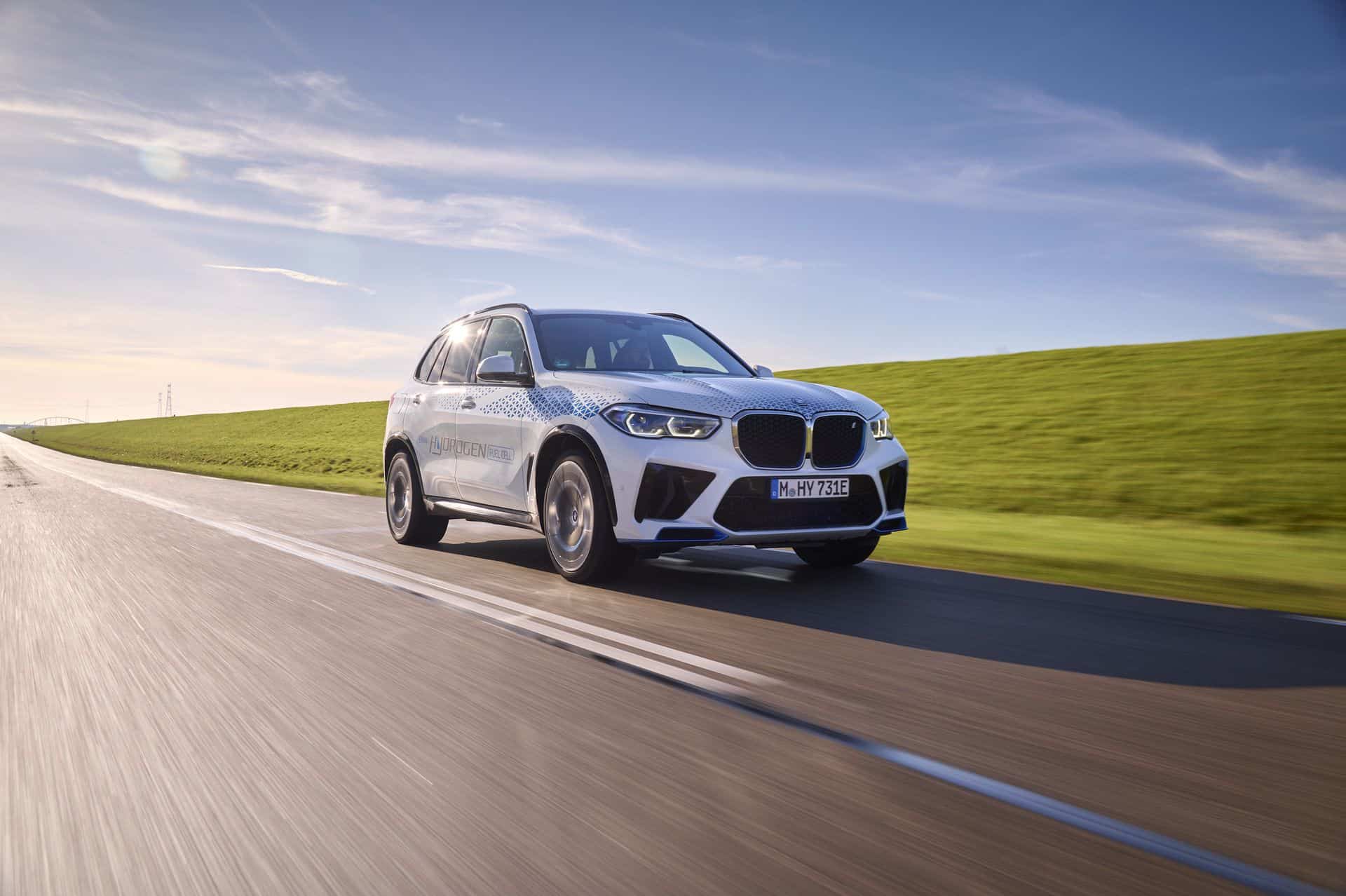








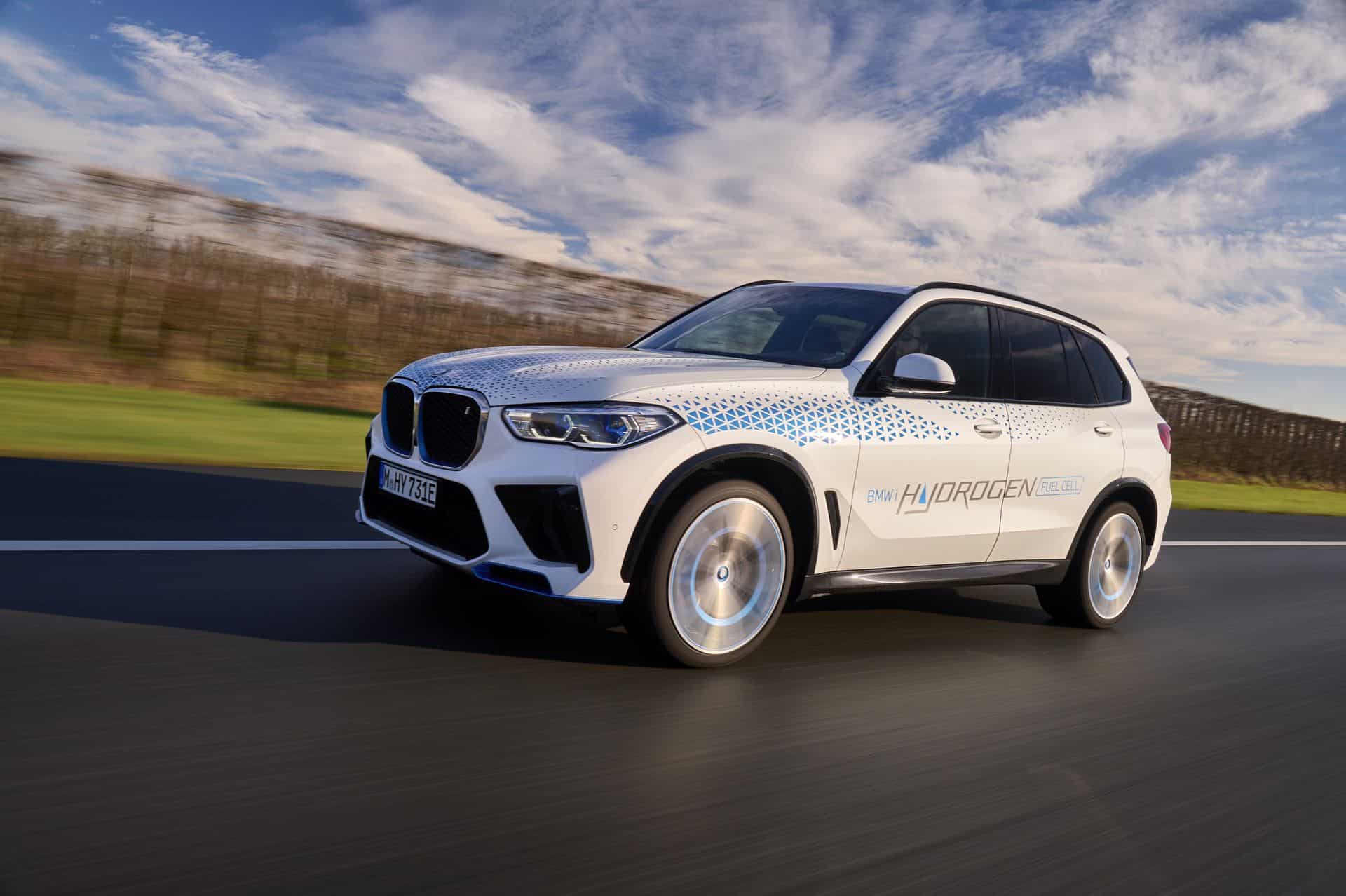












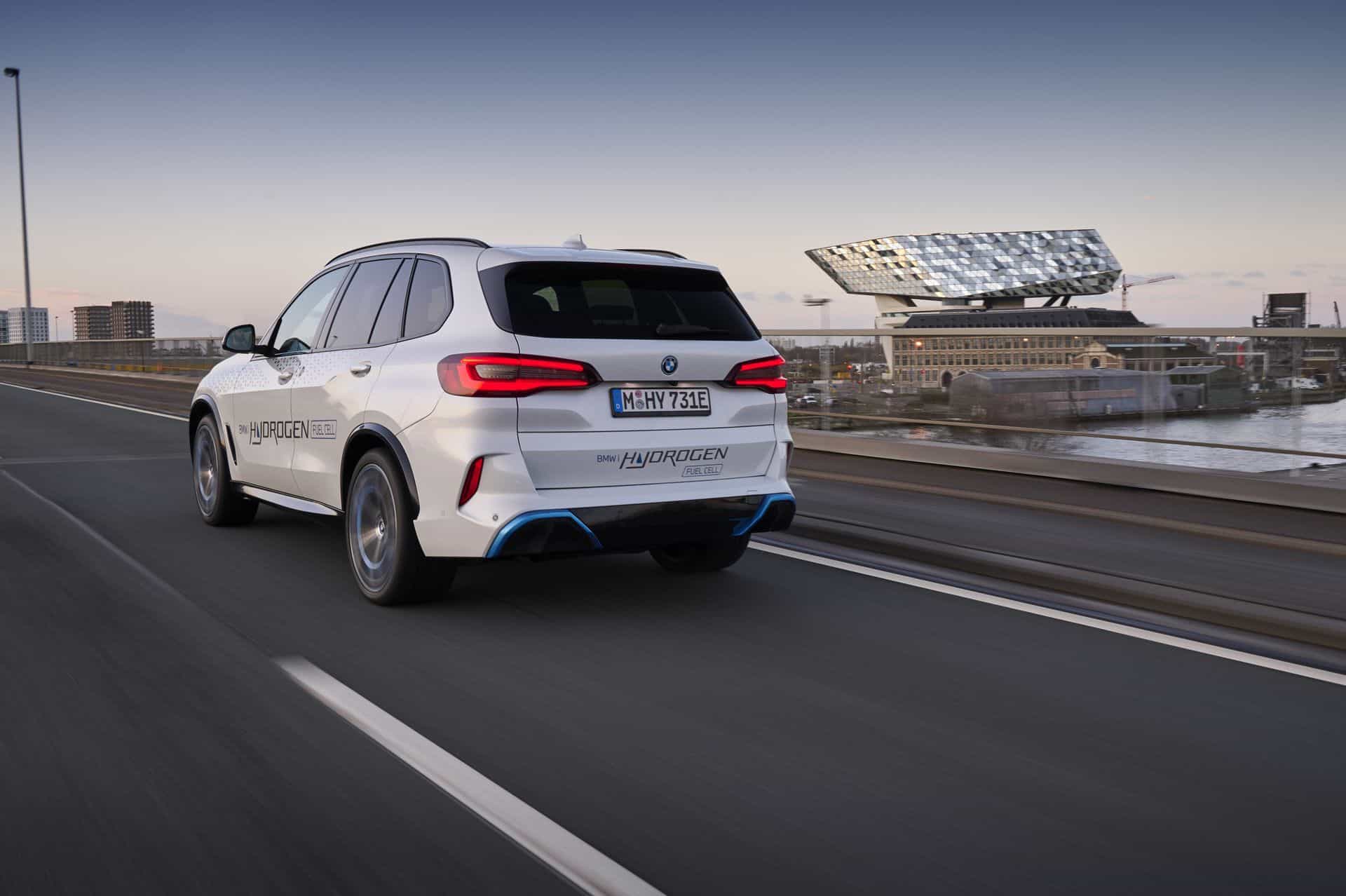


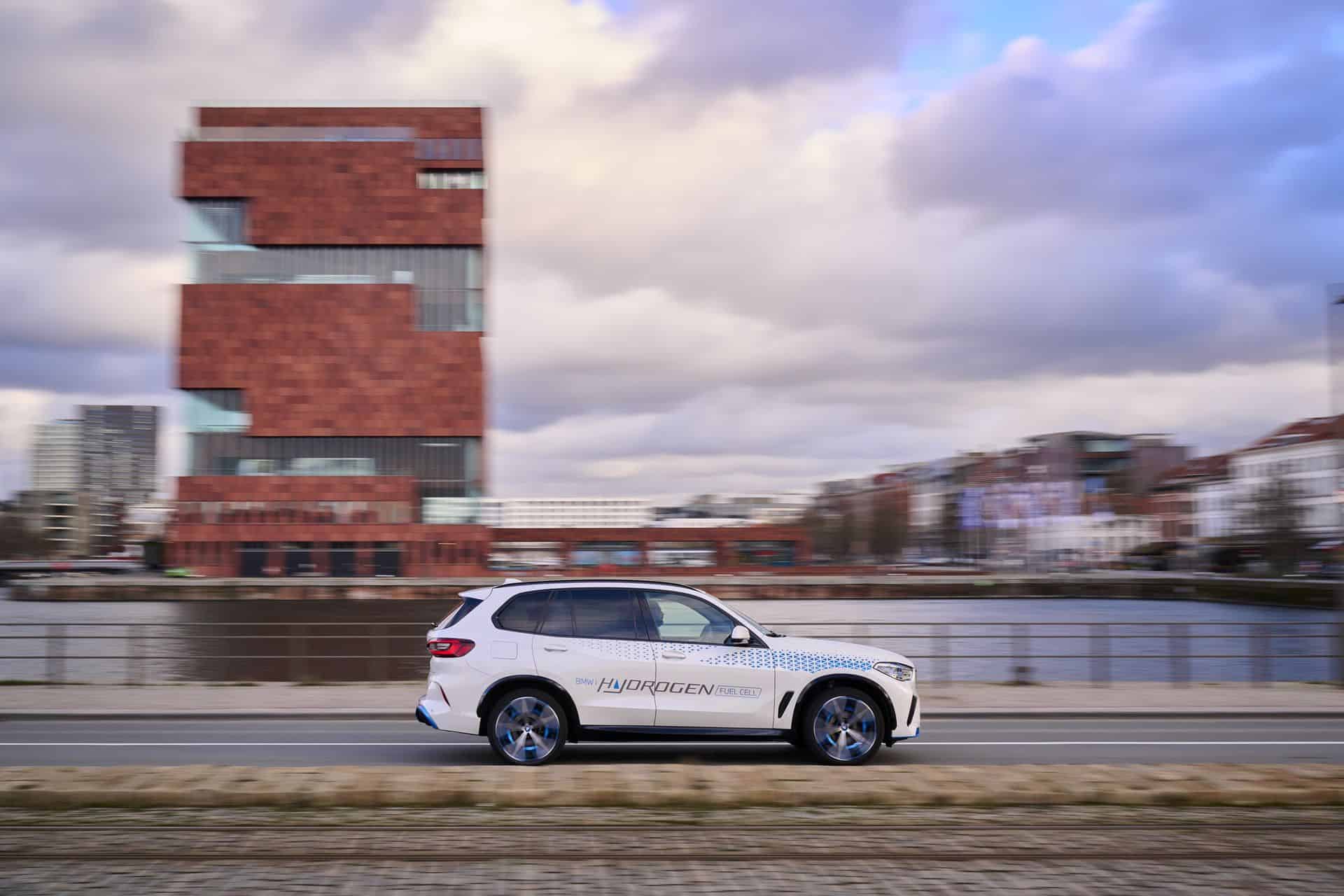
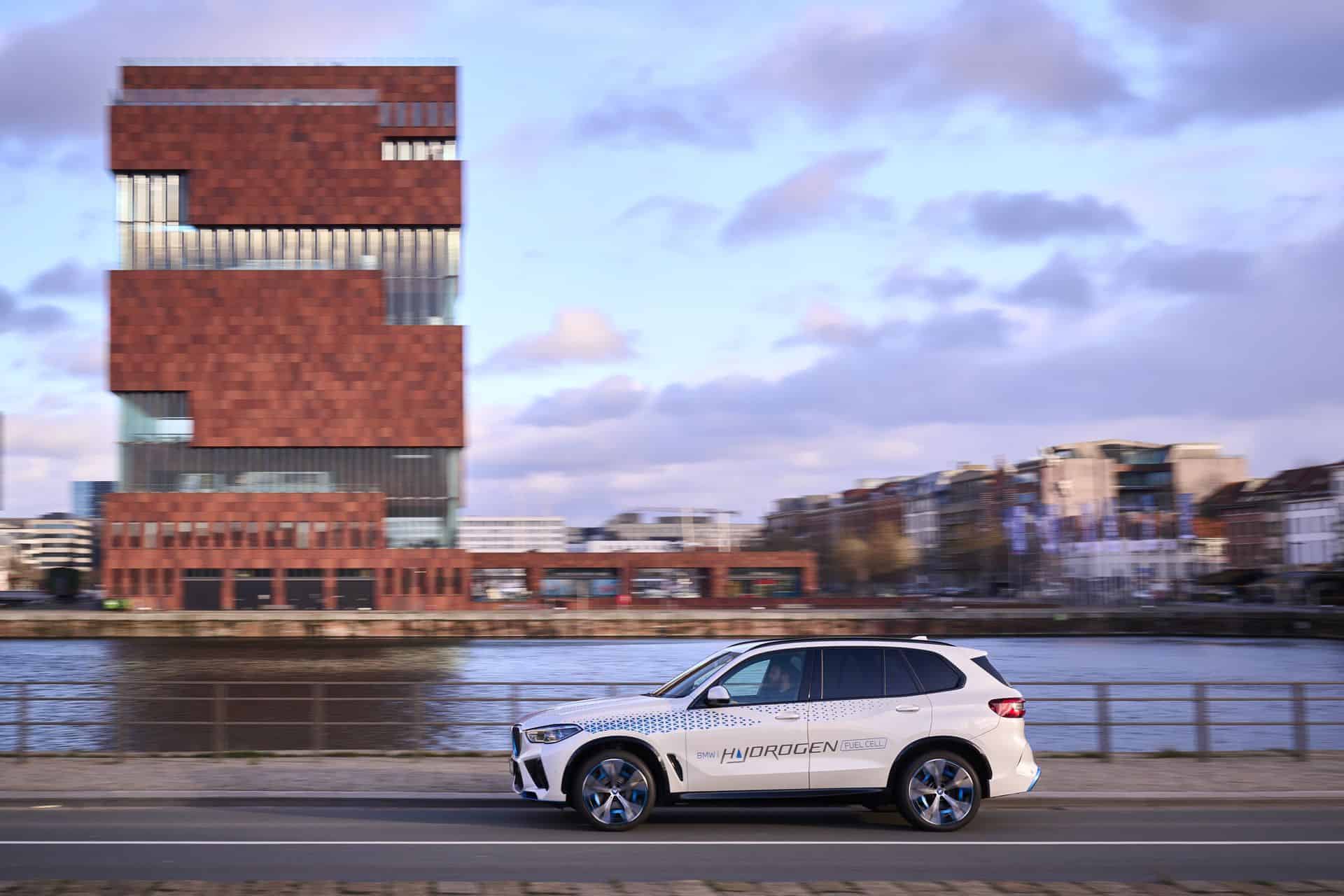



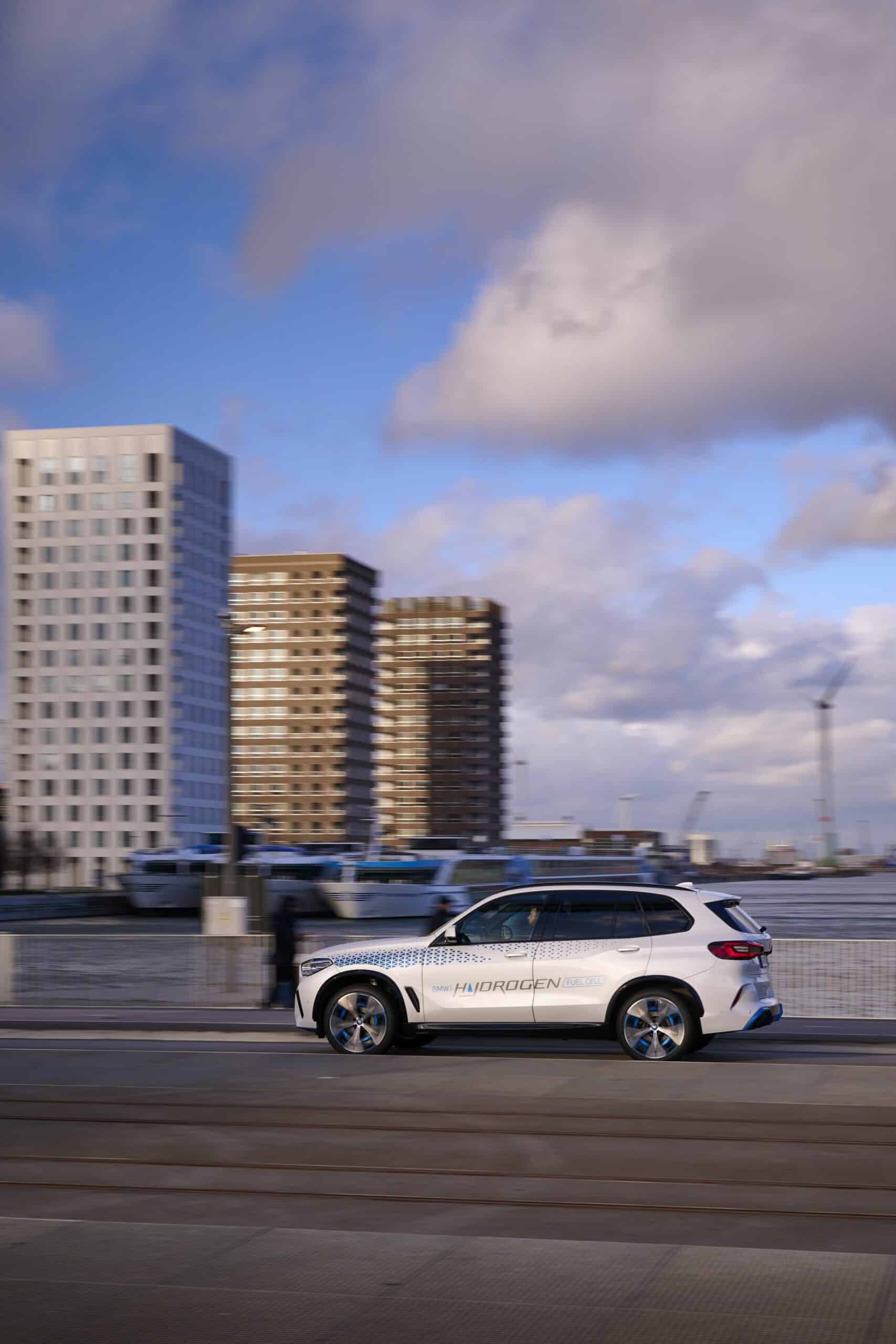










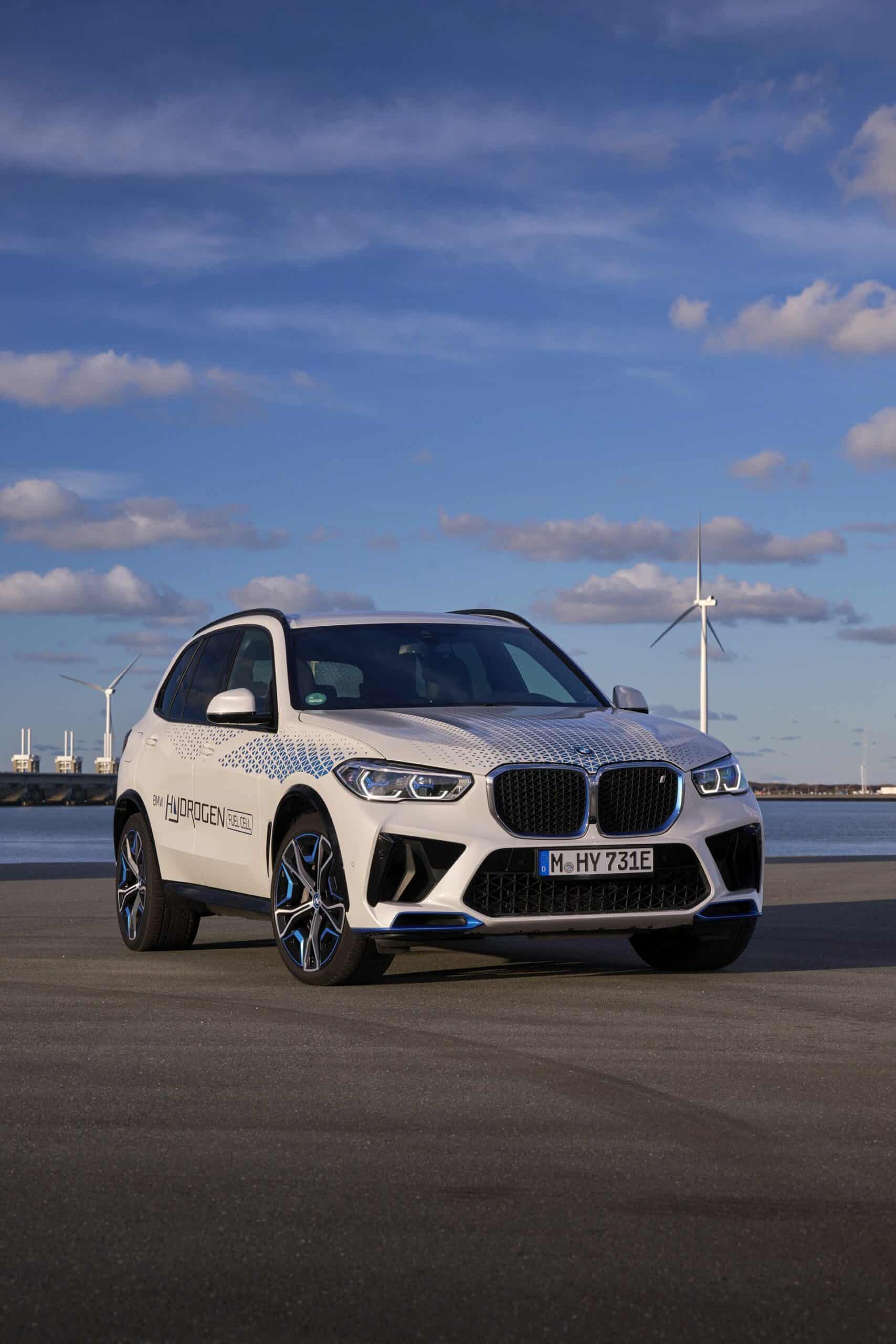
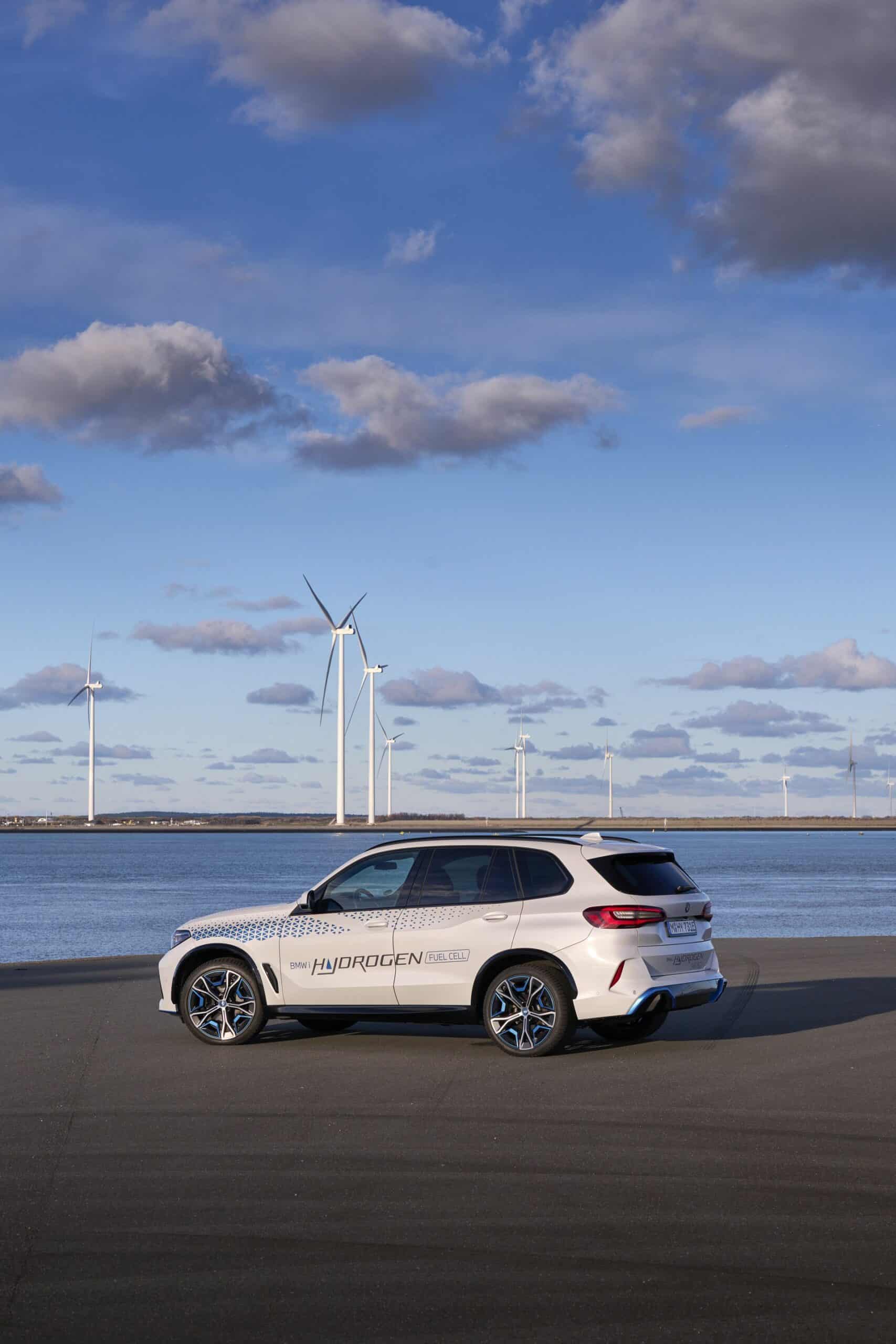









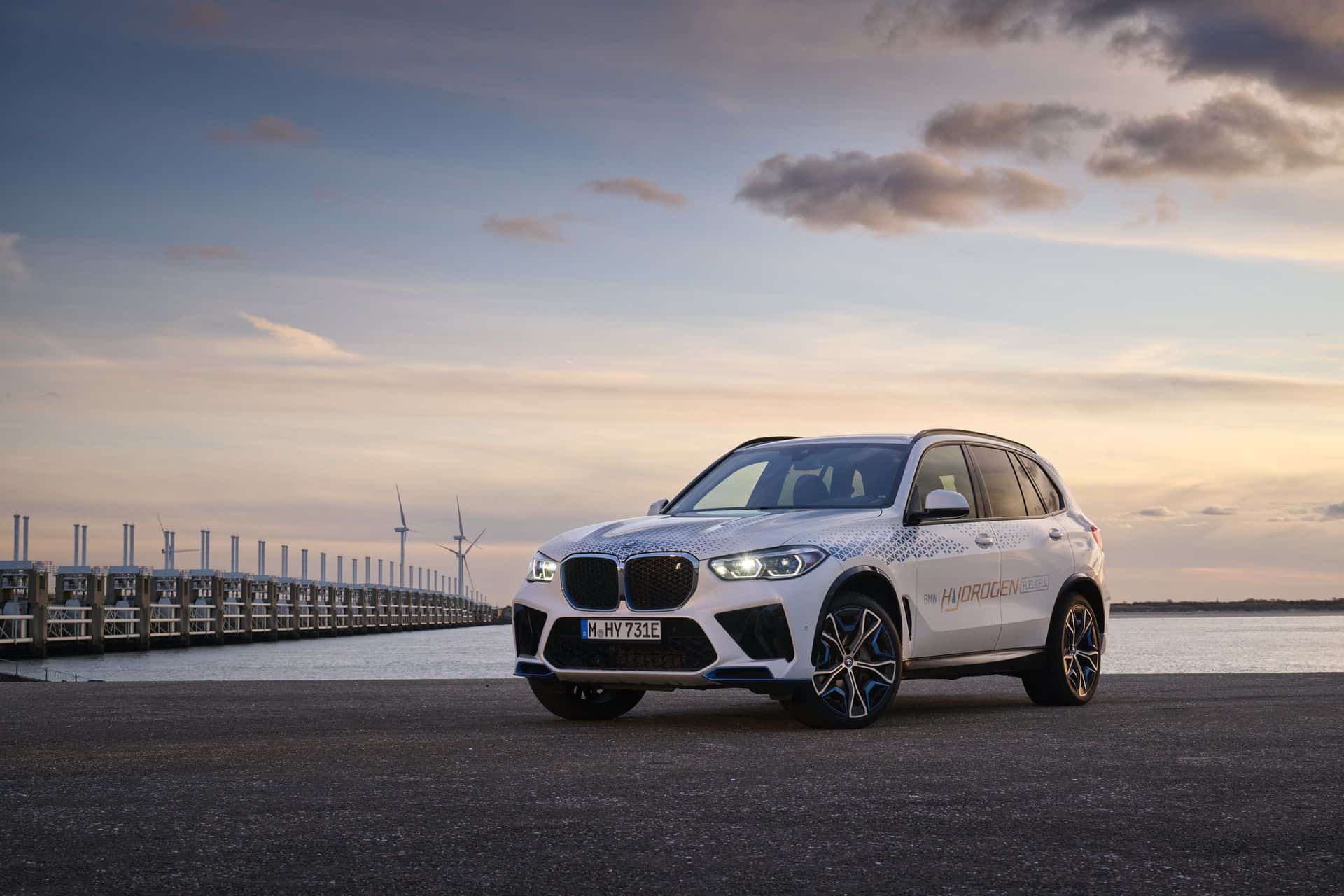



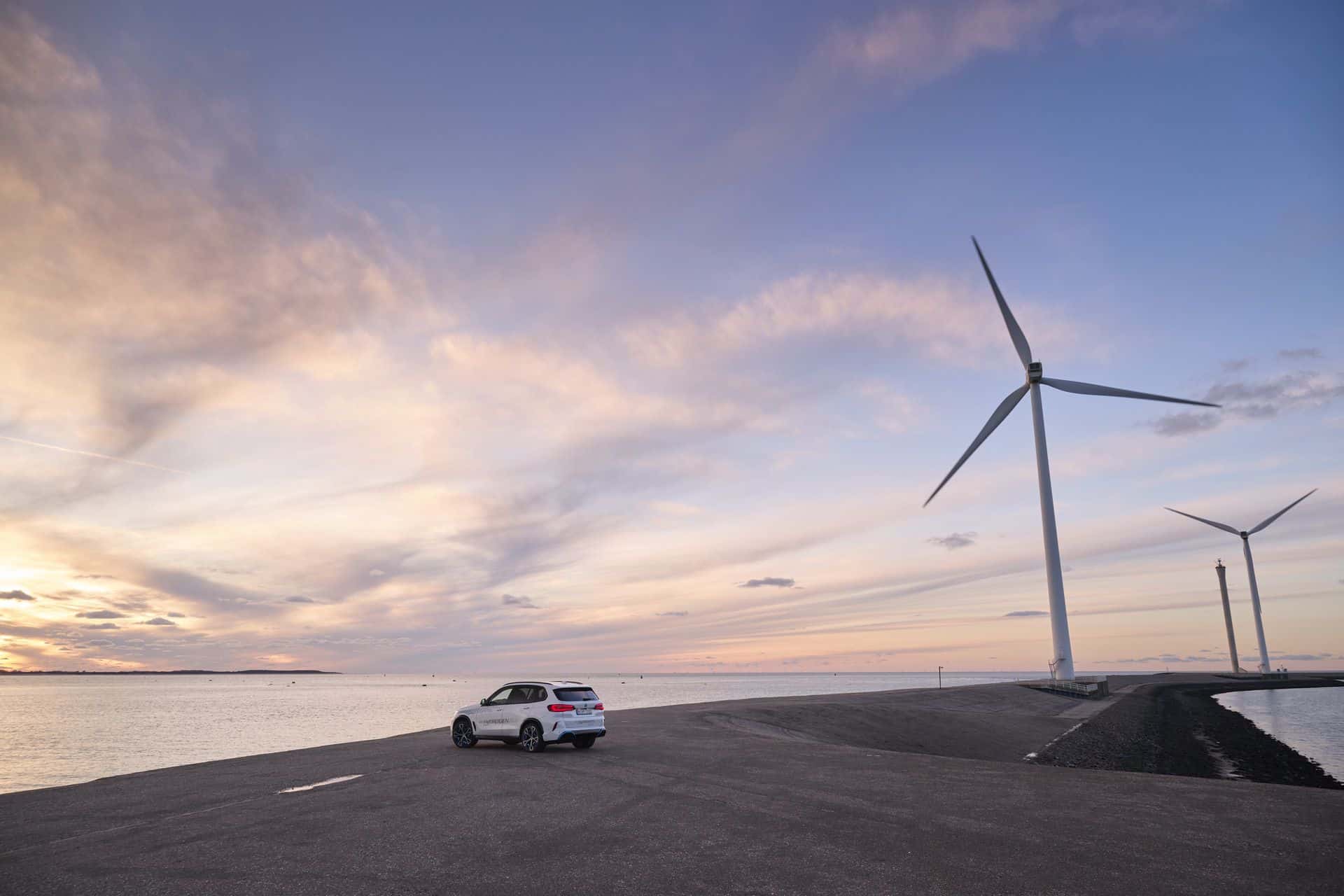



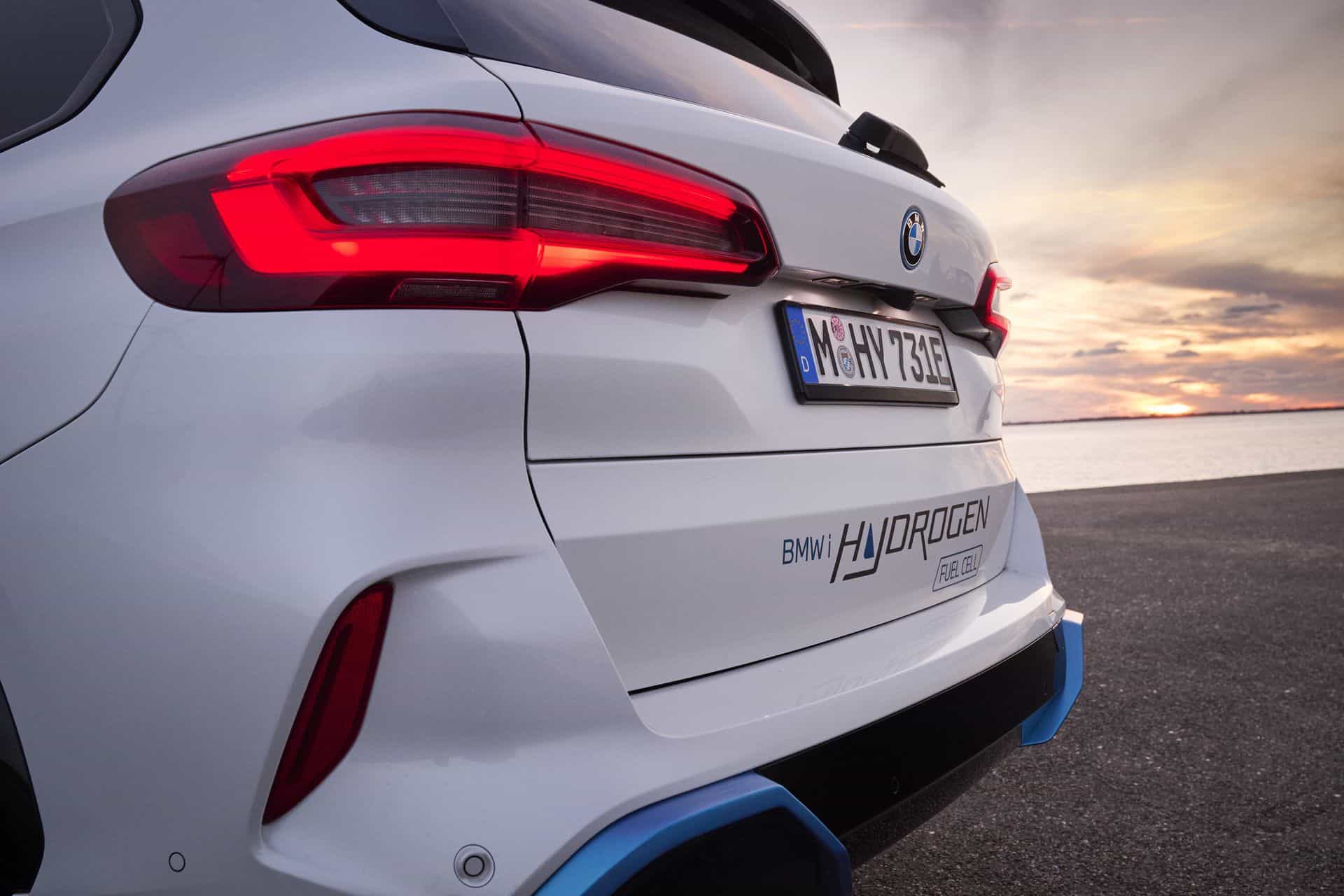



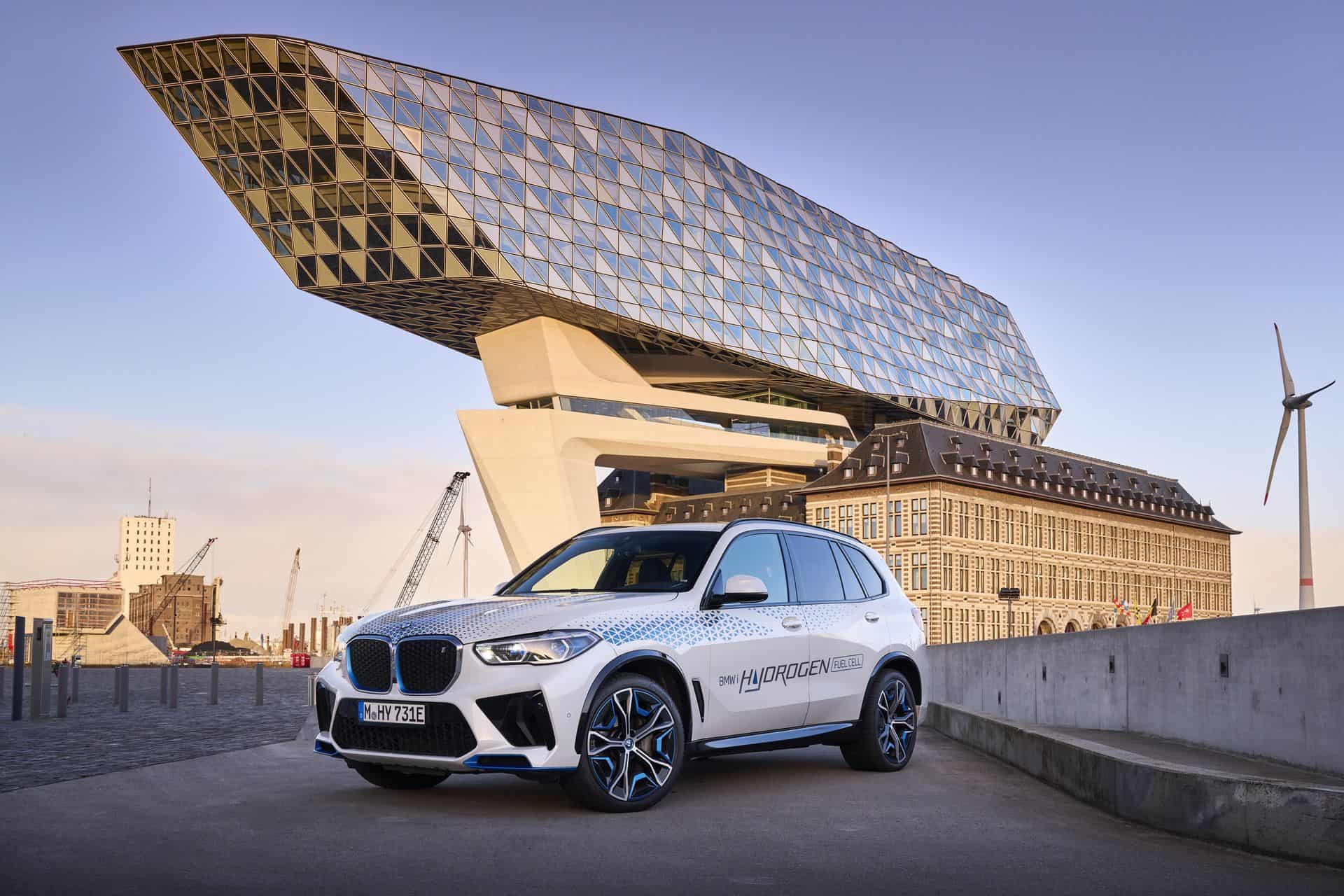





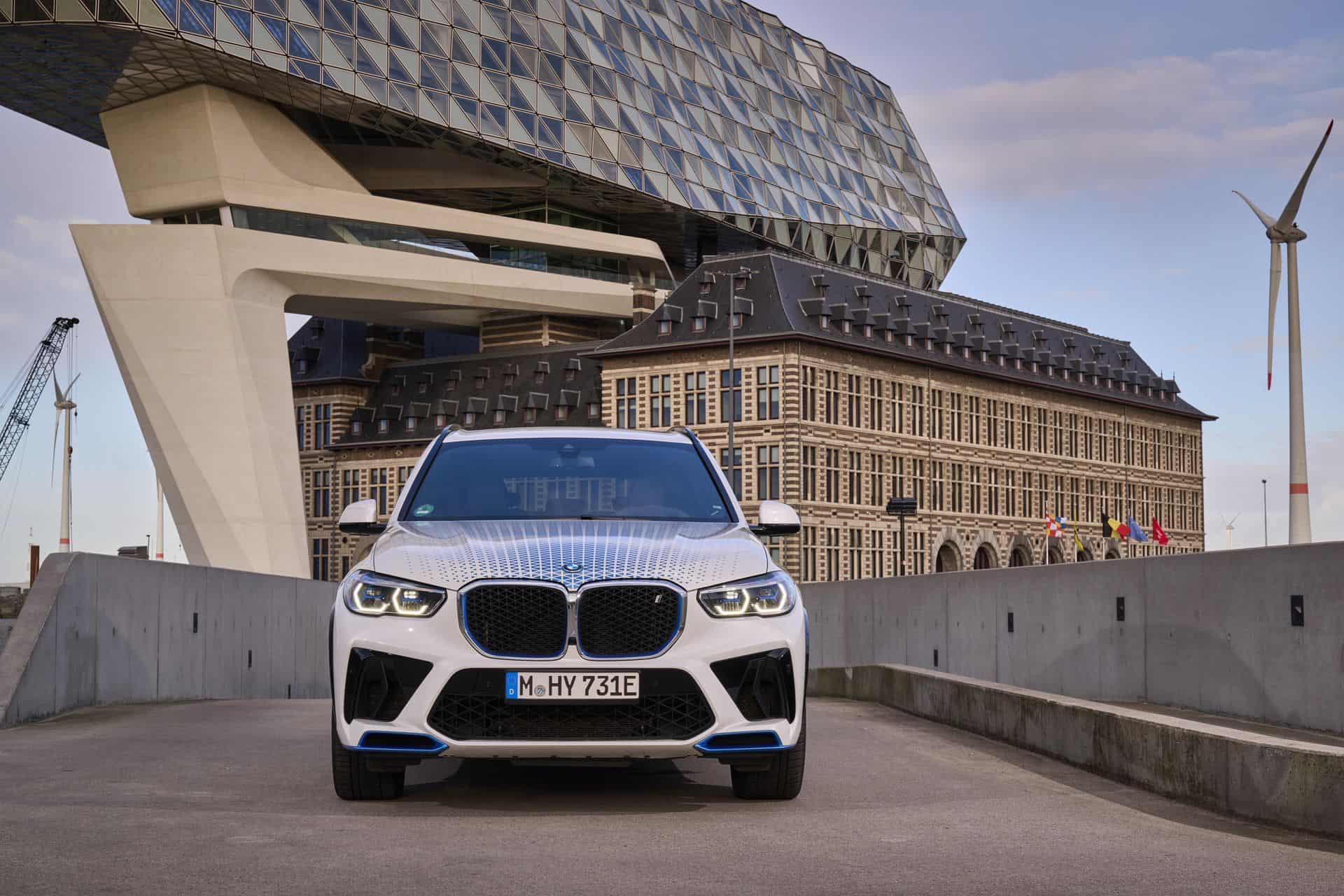






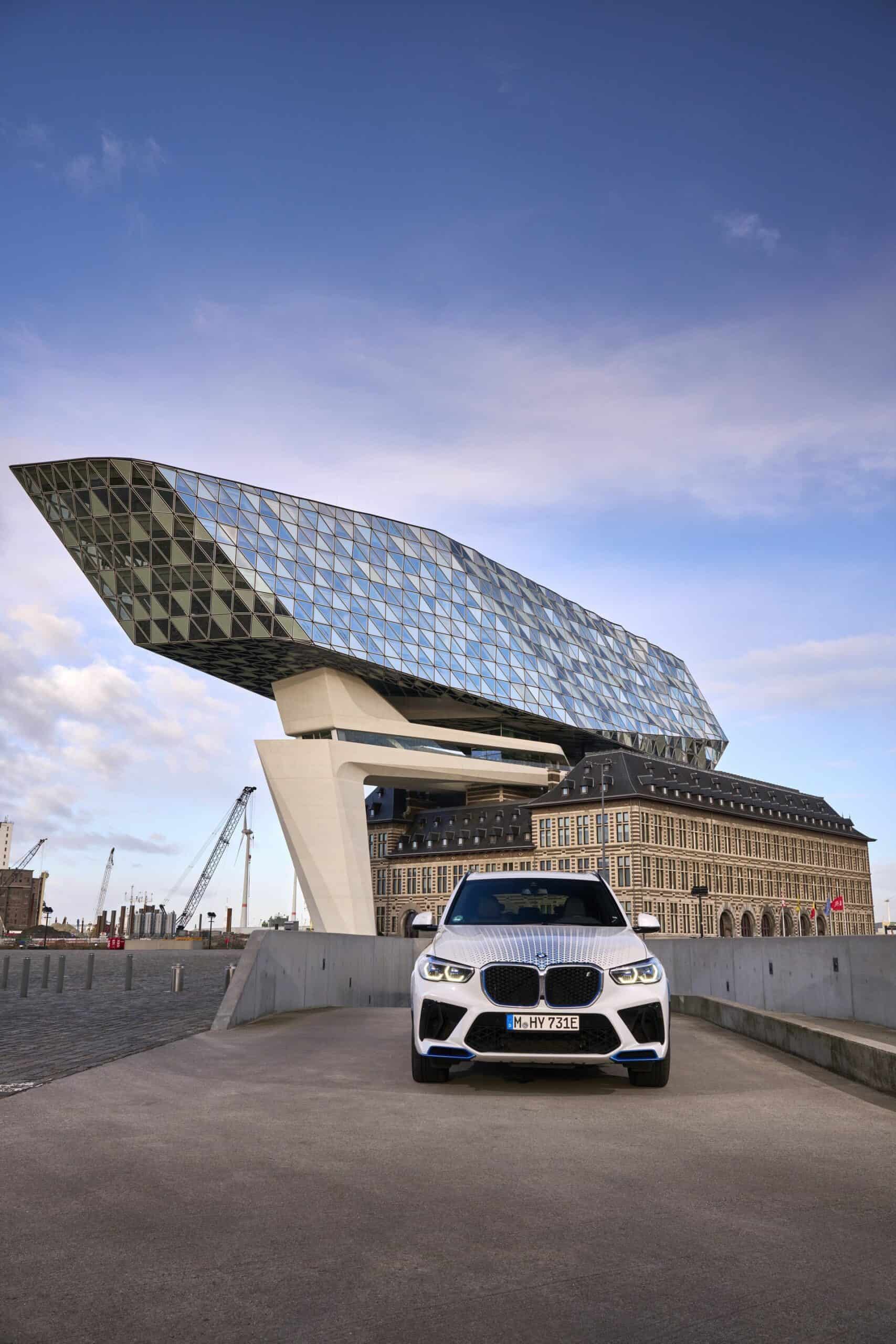


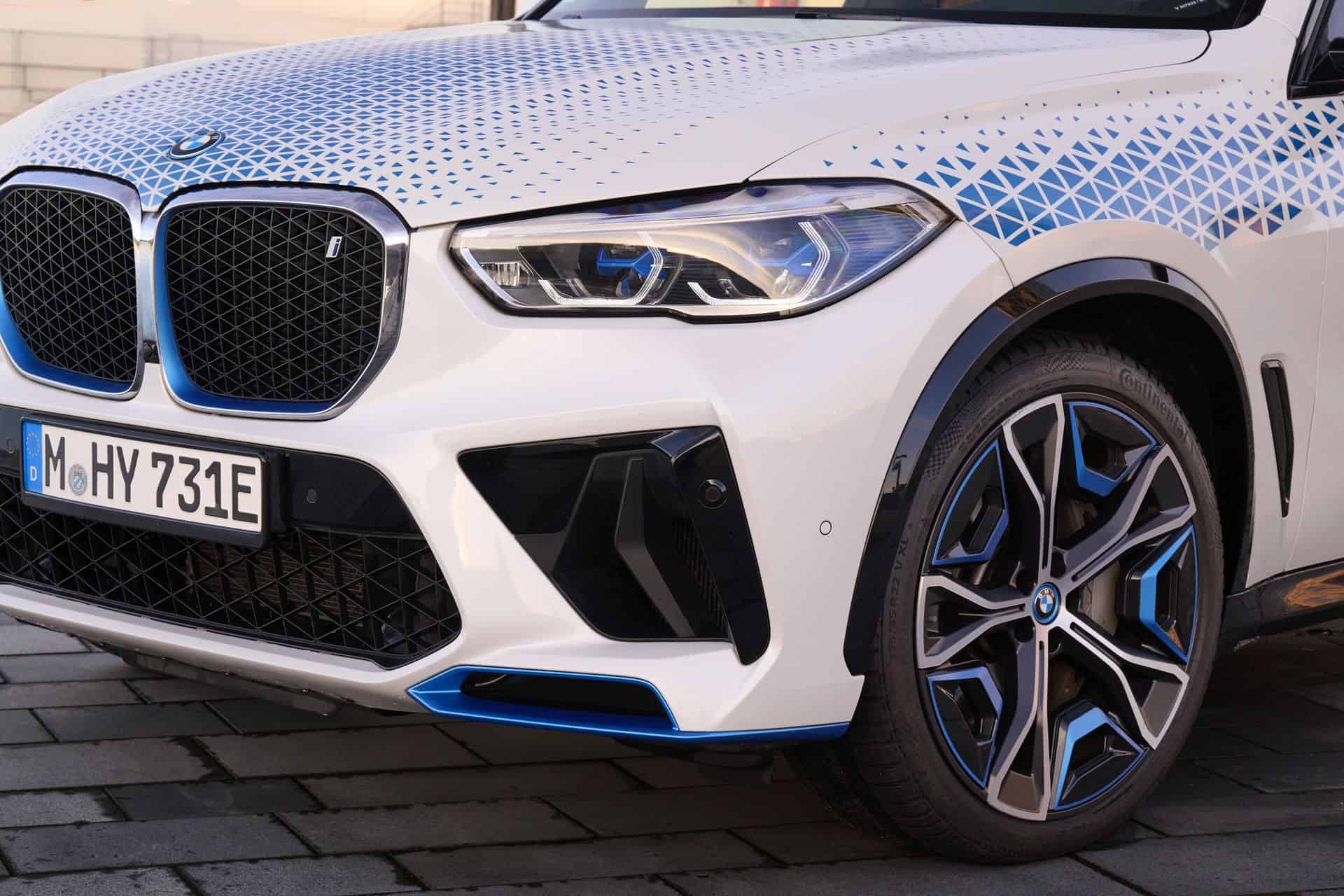




















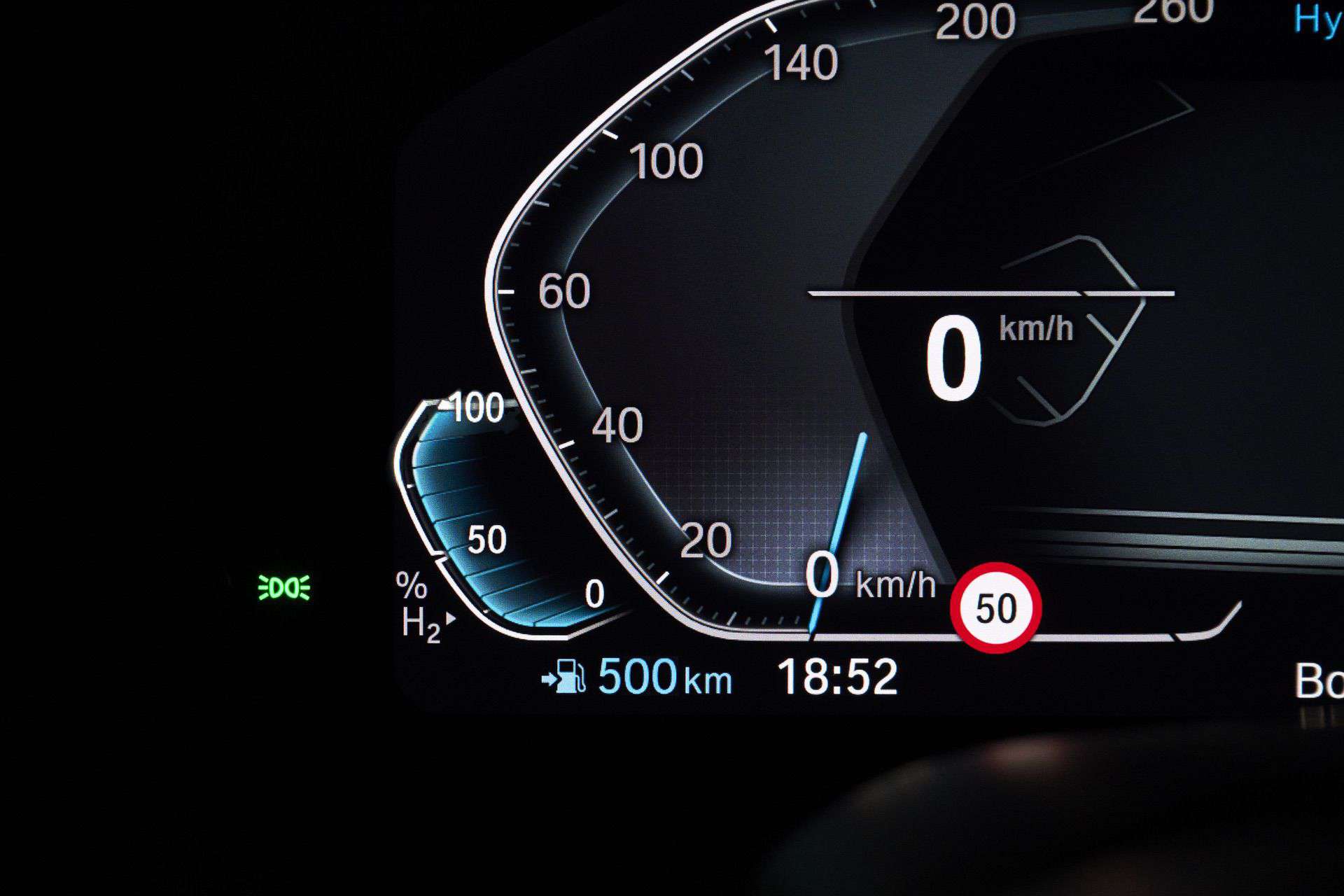







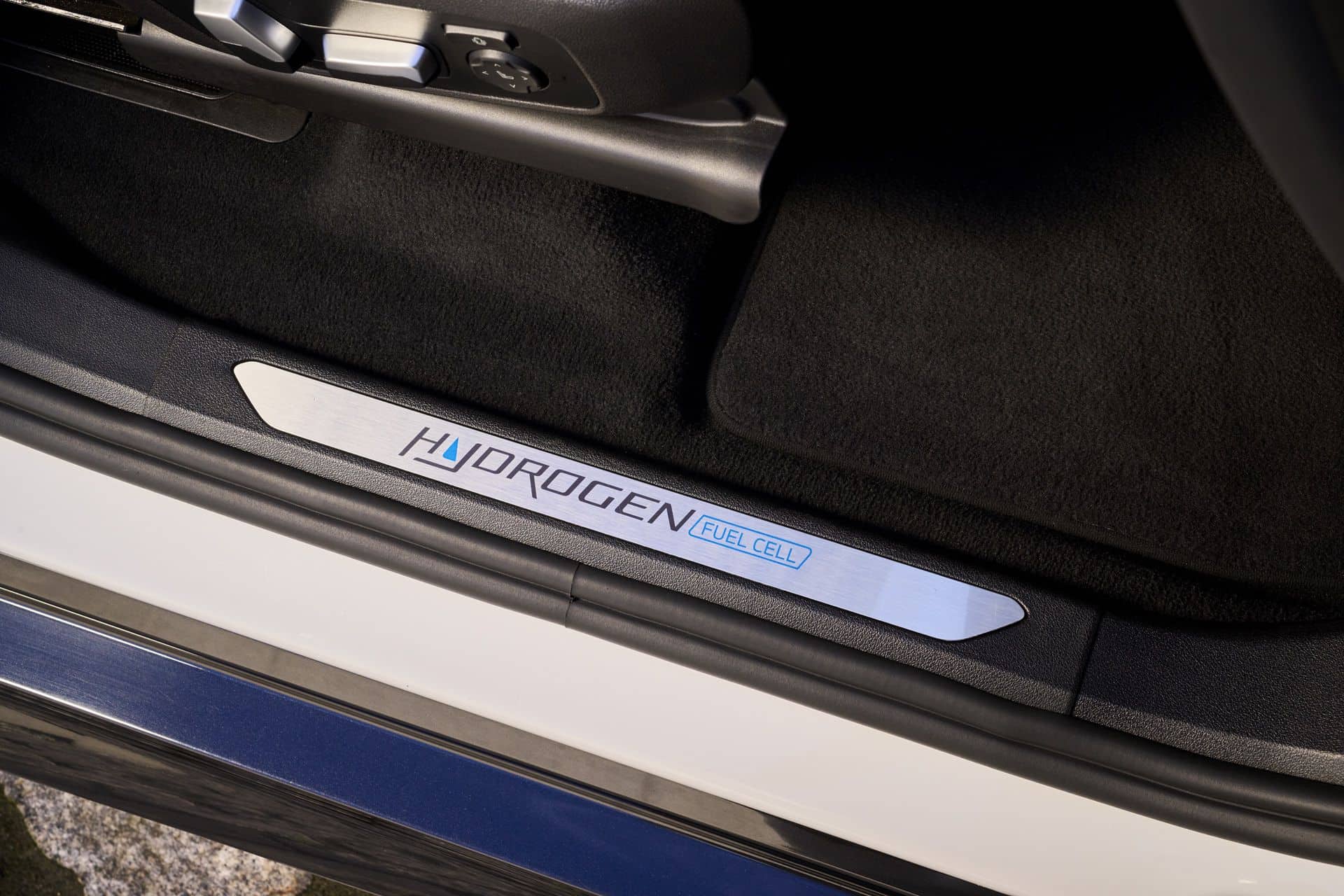














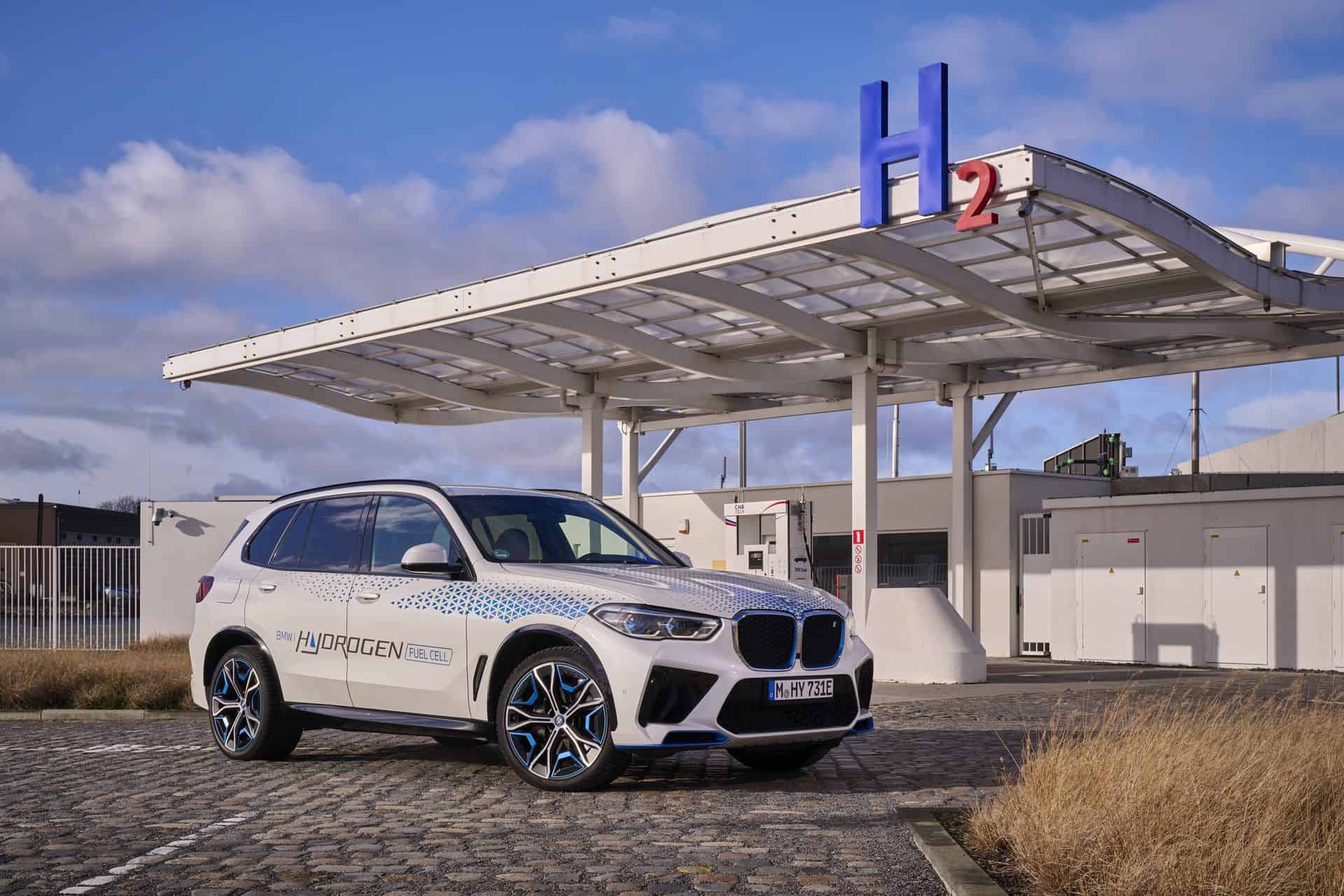












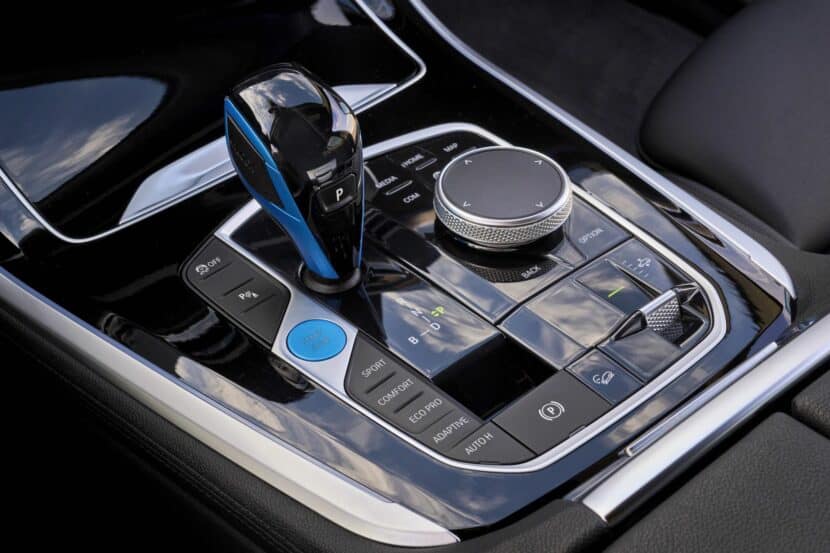
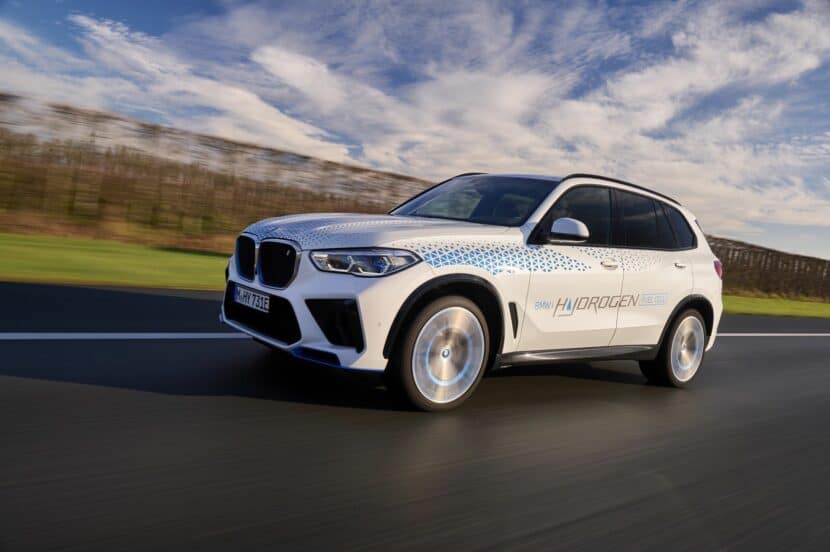





Comments
Post a Comment